M/S. Pankaj Jain Agencies v. Union of India
Supreme Court of India 1995 1995 AIR 360 Customs / Administrative 8 min read
By Gulzar Hashmi • India • Published:

Quick Summary
This case asks a simple question: when does a customs notification start working? The importer said, “We did not know about it at Bombay.” The Government said, “It starts once it appears in the Official Gazette.”
Holding in one line: Gazette publication is enough. The notification was valid from the date it was published and it did not create a new duty. Article 19(1)(g) was not violated.
Issues
- Was Notification No. 142/86-Cus. enforceable from its Gazette publication date?
- Did it go beyond Section 25(1) by “imposing” a new duty?
- Did the enhanced duty unreasonably restrict trade under Article 19(1)(g)?
Rules
- Subordinate legislation becomes effective on publication in the Official Gazette.
- Taxes/duties are not per se violations of Article 19(1)(g) unless they destroy the business itself.
Facts (Timeline)
Timeline ImageArguments
Petitioner (Importer)
- Notification was not made known locally; should not apply to their consignments.
- It effectively imposed a new duty, beyond Section 25(1).
- Sharp increase was an unreasonable restriction on trade.
Respondents (Union of India)
- Gazette publication equals enforceability across India.
- Only altered exemption; did not create a new duty head.
- High duty ≠ violation of Article 19(1)(g) by itself.
Judgment
Petition dismissed- Enforceability: Valid and operative from 13 Feb 1986 (Gazette publication).
- Power under s.25: Notification modified an exemption; did not impose a new duty.
- Article 19(1)(g): No violation proved; mere excessiveness is not enough.

Ratio Decidendi
A notification under Section 25(1) of the Customs Act becomes enforceable on Gazette publication. Changing an exemption within tariff limits is valid subordinate legislation.
Why It Matters
- Clarity for traders: no need to prove local “knowledge” once Gazette publication occurs.
- Confirms executive power to tune exemptions quickly for policy needs.
- Sets limits for Article 19(1)(g) claims against fiscal measures.
Key Takeaways
- Gazette publication = law in force across India.
- Exemptions can be narrowed by valid notification.
- High duty alone doesn’t violate Article 19(1)(g).
- Burden is on trader to show rights are destroyed, not just affected.
Mnemonic + 3-Step Hook
Memory ToolMnemonic: GAZETTE — Goes live on publication, Alters exemption OK, Zero new duty, Enforce pan-India, Trade right intact, Tariff governs, Excess ≠ violation.
- Check publication date.
- Match change with tariff head.
- Test impact on business viability (not just cost).
IRAC Outline
Issue: Is Notification 142/86-Cus. enforceable from publication; did it exceed s.25(1); does it violate Art. 19(1)(g)?
Rule: Gazette publication is sufficient; s.25(1) permits altering exemptions; fiscal burden ≠ per se Art. 19(1)(g) breach.
Application: The consignments filed after publication; notification only modified exemption in line with tariff; no proof of trade annihilation.
Conclusion: Notification valid and applicable; writ dismissed; enhanced duty stands.
Glossary
- Official Gazette
- Government’s official publication where laws and notifications are released.
- Section 25(1)
- Power to grant/exempt or modify customs duty via notification.
- Article 19(1)(g)
- Right to practise any profession or to carry on any occupation, trade or business.
Student FAQs
Share
Related Post
Tags
Archive
Popular & Recent Post























































































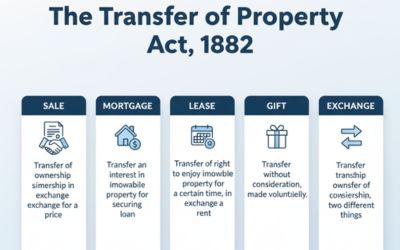
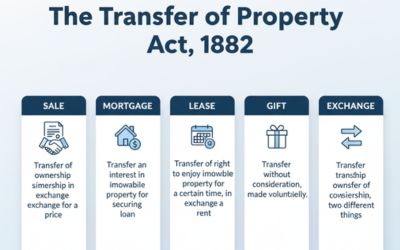

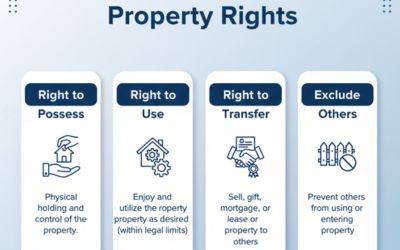
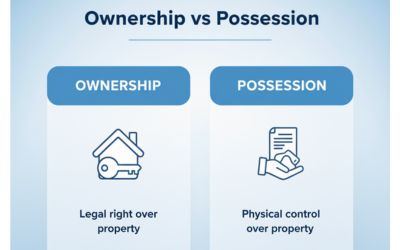






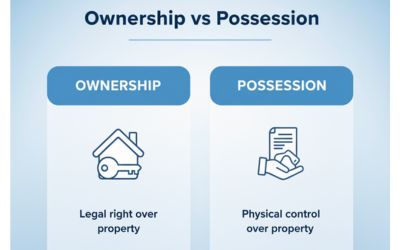

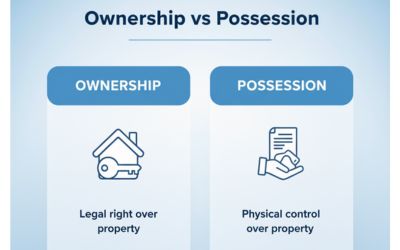



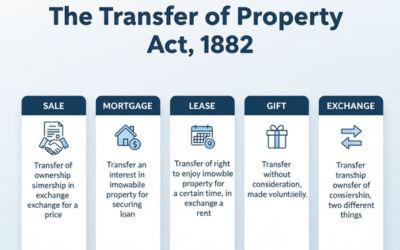
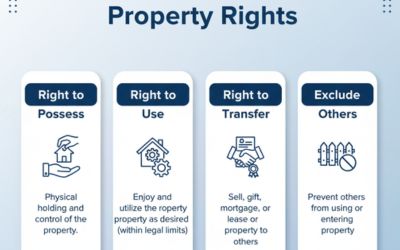


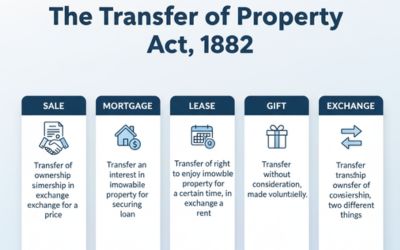




























































Comment
Nothing for now